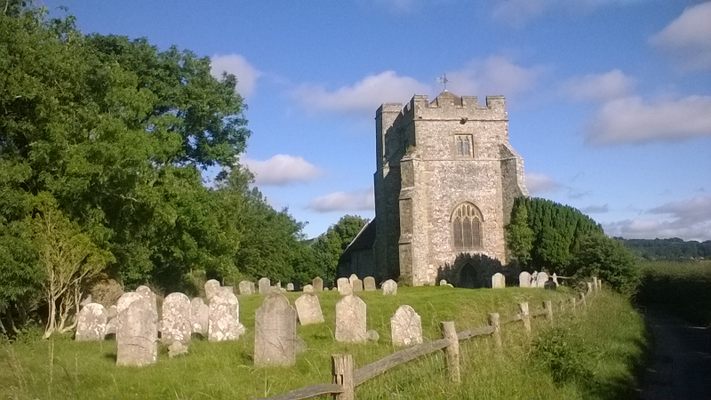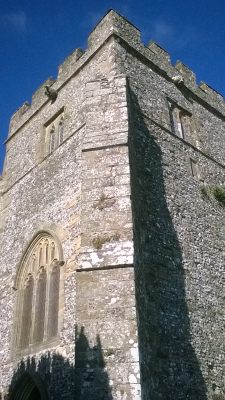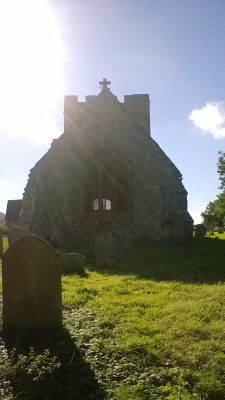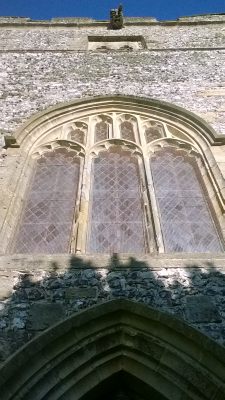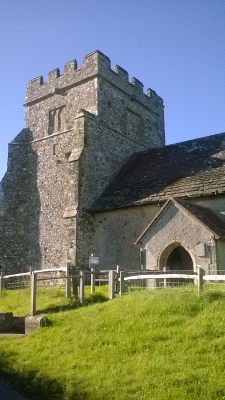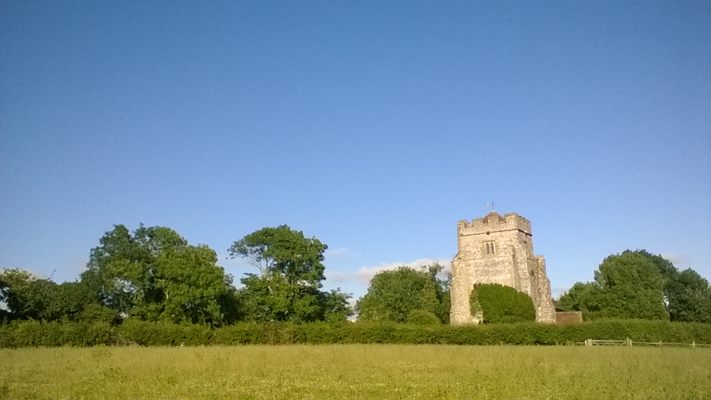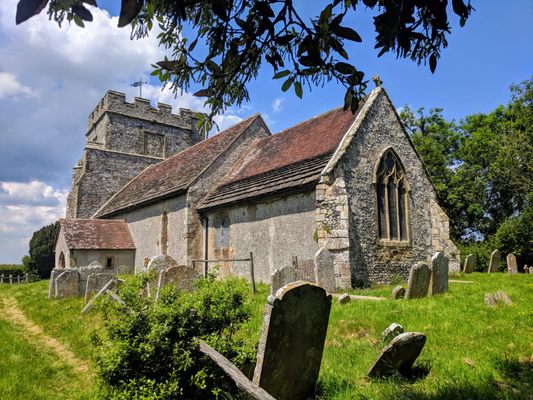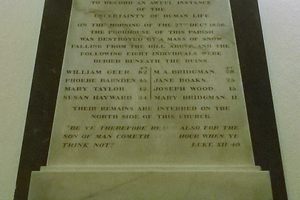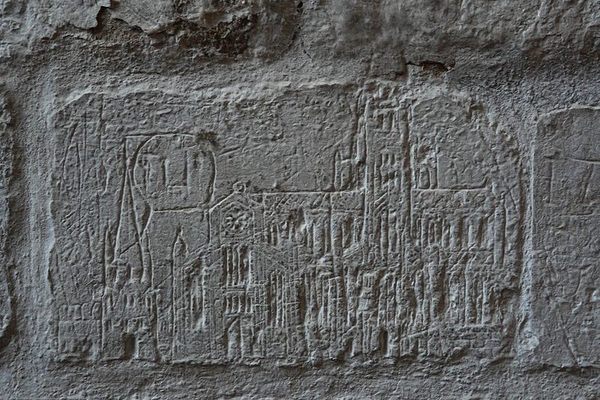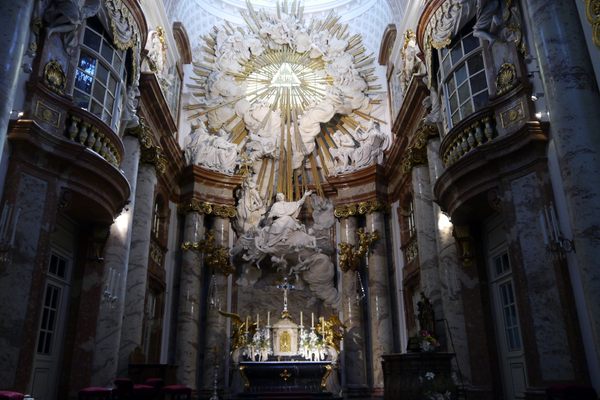About
A church has always held a position in the centre of most villages, towns, and cities — it’s not long after a new settlement has been established that a place of worship is erected. However, on an island in the middle of the River Ouse stands an isolated church without a village to go with it. So where did the village go?
Hamsey Island was once thought to be a bustling Saxon town complete with port and fortified manor house. Its status as a place of significance was cemented when the Saxon King Ethelstan held court there at least once during his reign from 925 to 940 AD. The village continued to thrive until 1348 when the Black Death reached Hamsey from European trade ships.
Legend has it that the village was almost completely wiped out by the plague, and the surviving inhabitants chose to sacrifice themselves by isolating the island from neighboring areas for fear of spreading the disease. Food supplies dwindled and those that did not succumb to the plague eventually starved to death.
A mile from the river, the hamlet of Offham (called so because it is "Off Ham(sey)") became the site of the new post-plague village. Over time, the original village of Hamsey was left to the elements while the disused church fell into a state to disrepair. It was not until the 1920s that parish rallied round to raise funds for a restoration project. Hamsey Church is now back to its former glory with monthly candlelight services being held throughout the summer months.
Related Tags
Know Before You Go
The church is closed during winter months.
Published
July 25, 2016
